Marcus Lipton Youth Club is one of London’s few remaining centres amid exclusionary regeneration and government cuts to youth services. Writer and youth worker Ciaran Thapar, who volunteers at the club, explores why such places are vital for London’s communities
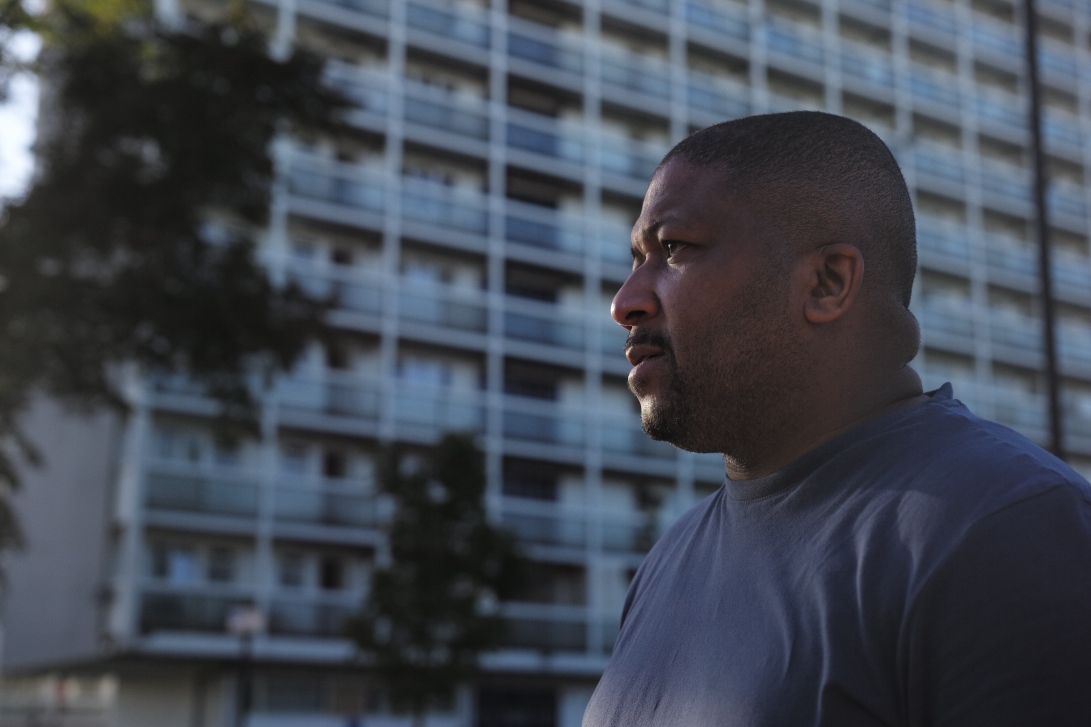
The first time I knocked on the door of Marcus Lipton Youth Club in Loughborough Junction, south London, over three years ago, fresh flowers lay on the pavement across the road. Placed in memory of a murdered teenage boy, they remain there to this day, dead and drained of colour, a reminder of normalised tragedy in the contemporary city.
The community centre rests in the shadows of the modernist slab blocks of the Loughborough Estate. It is a squat building with a thick, barred front door. The astroturf football pitch at the back sits next to an abandoned nursery, overgrown with weeds and a scrapyard piled high with the carcasses of rusting cars. Raised railway tracks nearby, upon which trains trundle past carrying commuters to and from the City, are lined with barbed-wire fences to resist invasion by graffiti artists and urban explorers.
Within the centre, a large hall with a table-tennis table, old furniture and games console leads through to a sports hall and small gym. On winter evenings, when local teenagers crave the centre’s warmth and electricity most urgently, food bubbles on the stove in the kitchen. UK drill music, the soundtrack to local life, blares continuously from a speaker. I’ve sat in the studio there, with boys I mentor, whilst they lay down their dark lyrics over rumbling instrumentals, narrating their hidden lives in adolescent catharsis. The centre is covered in CCTV cameras, all of which feed onto a live television stream in the office, where I spend most of my time speaking to staff.
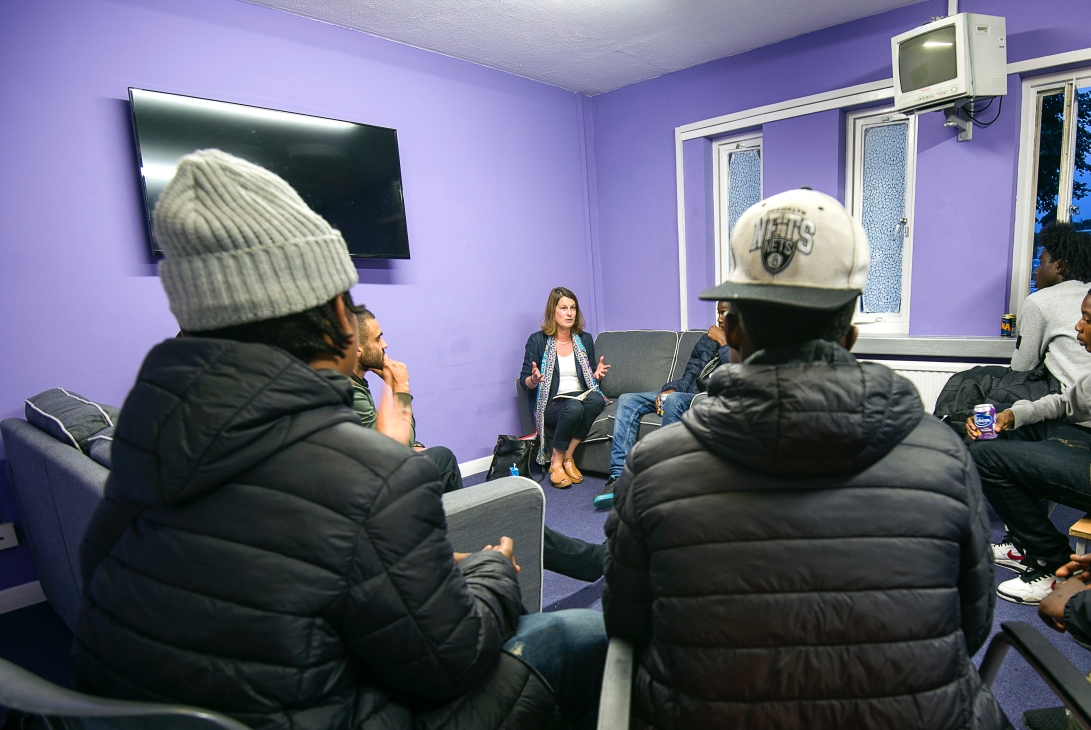
For local young people, Loughborough Junction is an unforgiving pocket of the capital; a long-deprived residential hinterland, wedged between the regenerating hubs of Brixton and Camberwell. Whilst volunteering at Marcus Lipton, I have met visitors of all ages: from 11-year-olds receiving football coaching and teenagers who have lost siblings to knife crime, to 40-somethings who have returned to counsel younger men. Here, different generations of local life pivot around the community centre.
“Youth work used to be a thriving game” says Ira Campbell, managing director of Marcus Lipton. “But under austerity, it’s becoming harder and harder. It’s funny, because everyone’s getting together – politicians and that – and saying these kids need somewhere to go. But what else are they going to do apart from sit on their estate and make trouble if there is no service available?”
In 2018, youth violence has soared across London. Young people from socioeconomically stretched families living in high-risk areas feel neither safe in public, nor comfortable at home, and thus require safe spaces to spend their time more than ever. Yet for those in charge of local organisations, like Campbell, providing this safe space has become increasingly difficult under the Conservative government’s funding cuts.
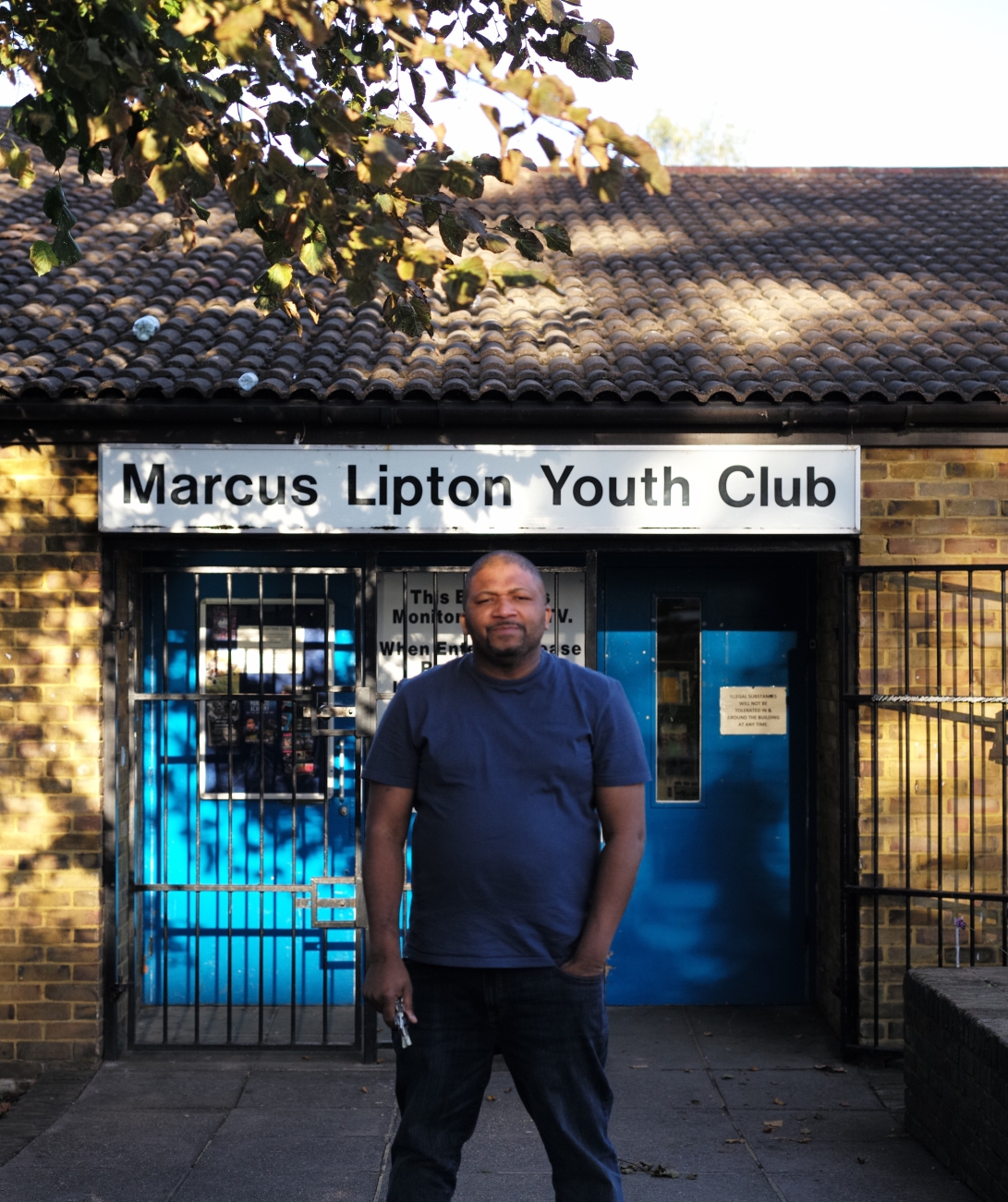
Research released this year by Green Party politician Sian Berry has found there has been a 44% cut from London youth service budgets since 2011. At least 81 youth clubs and council-funded youth projects have been closed in the city, and 800 full-time youth worker positions scrapped. This equates to a state-sponsored stranglehold of young life.
To do youth work today, “you have to be a cook, cleaner, mum, dad, case-worker, policeman, mentor, and teacher, all in one,” says Campbell. “You’re stretched more and more in different directions, but have less time and money to do a proper job.”
Tania de St Croix, lecturer in the sociology of youth and childhood at King’s College London, echoes Campbell’s sentiments. “Young people, especially in London, live in more cramped accommodation and have less disposable income than ever before,” she says. “With the academisation of state schools, which has emphasised discipline and punishment, there is less trust in teachers. A gap therefore exists for youth workers to fill, as adults who children choose to go to for personal, non-hierarchical support. Youth services really are at a crunch time.”
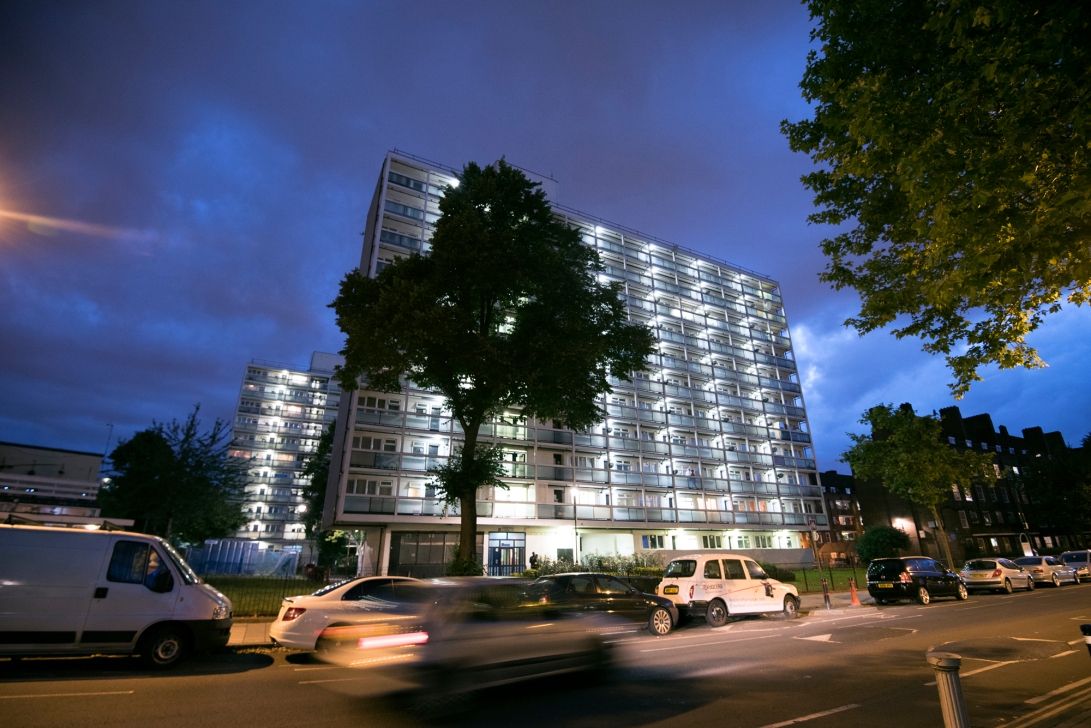
Alongside government cuts, community centres such as Marcus Lipton are threatened by rampant development in London. Like so many parts of the city, Loughborough Junction is experiencing the insidious creep of gentrification. New blocks of luxury flats pop up every few months alongside neglected council flat towers; artisanal cafes and extortionately priced gift shops brush shoulders with longstanding Jamaican bakeries and hardware stores.
As market forces compound to transform local life, it is difficult to see how institutions like Marcus Lipton will thrive, let alone survive. A stalled regeneration proposal for the area includes a plan to rebuild the centre and use the current land for new private homes. De St Croix says this type of insecure reality is especially bleak for youth-friendly spaces which have existed for many decades. “There is an assumption that young people need stuff to be bright and brand new,” she says. “But there is a space for the old-school youth club which has been in the community for generations. That brings something special.”
She believes the fundamental thing is simply having a basic space so young people can feel a sense of co-ownership and community around it, and laments the endless losses of well-established youth clubs due to local authority closures. “You’re never going to get those buildings back to public ownership,” she says. “That loss extends to the loss of an older generation of experienced youth workers, too, who aren’t being valued as mentors, or replaced when they burn out. Some people have put a lifetime into their communities.”
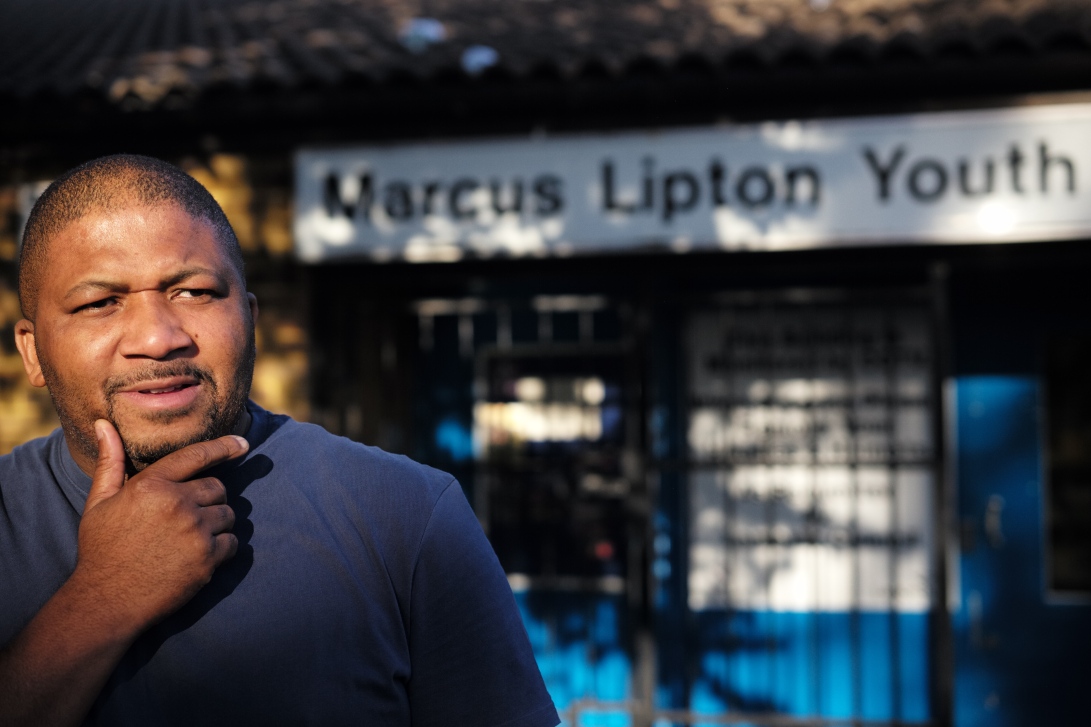
On a recent visit to Marcus Lipton, I sat down with Campbell in his office to catch up. The early autumn sun streamed through the grubby window onto his face as he leant across a cluttered desk. I asked him what he thinks young people in communities like the one he serves need most from youth services. “The kids that use youth clubs are not well-to-do kids,” he says. “Why would a wealthy kid need to come here? They’re comfortable at home. Kids that come to places like this, it’s their escapism from everything else they’ve got going on in their household, in their school. The community centre is a place where they can be free for a bit.”
All photographs by Tristan Bejawn and all rights reserved.
Ciaran Thapar is a youth worker and writer based in south London. He is planning a book about life at Marcus Lipton Community Centre
